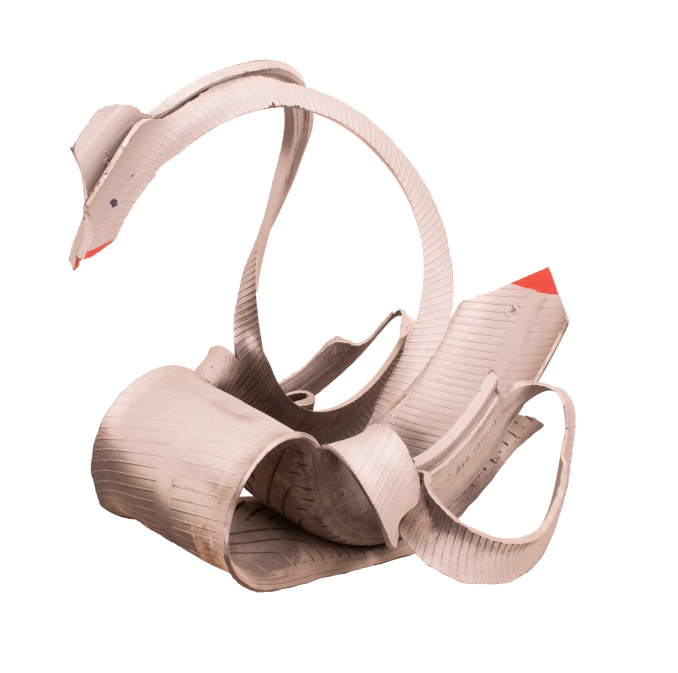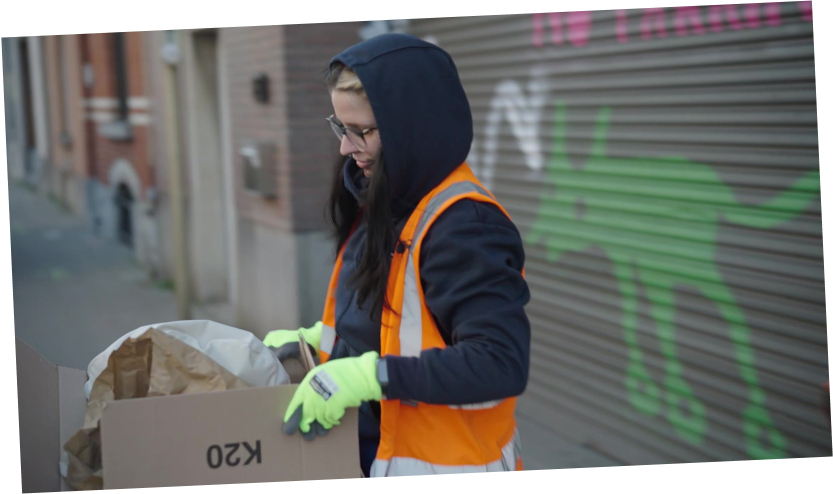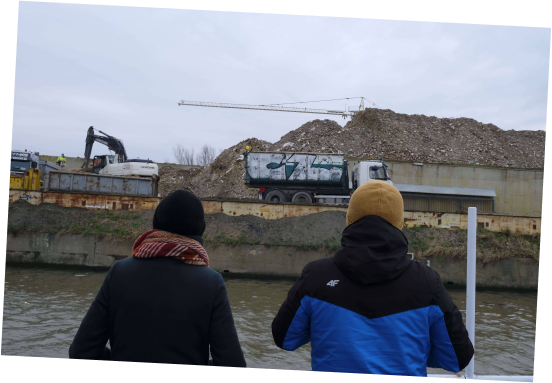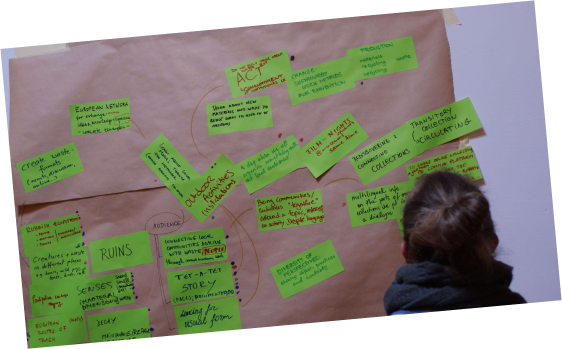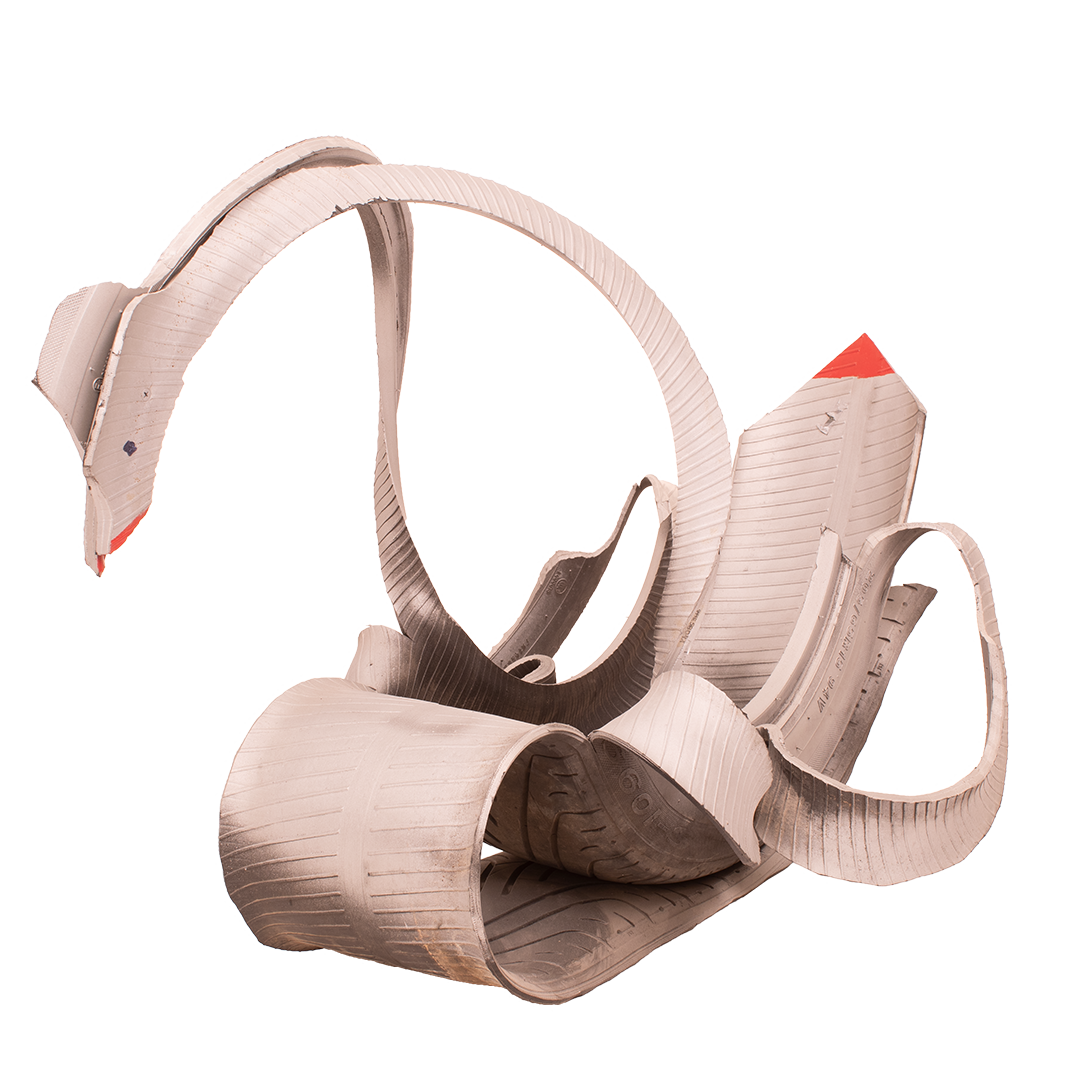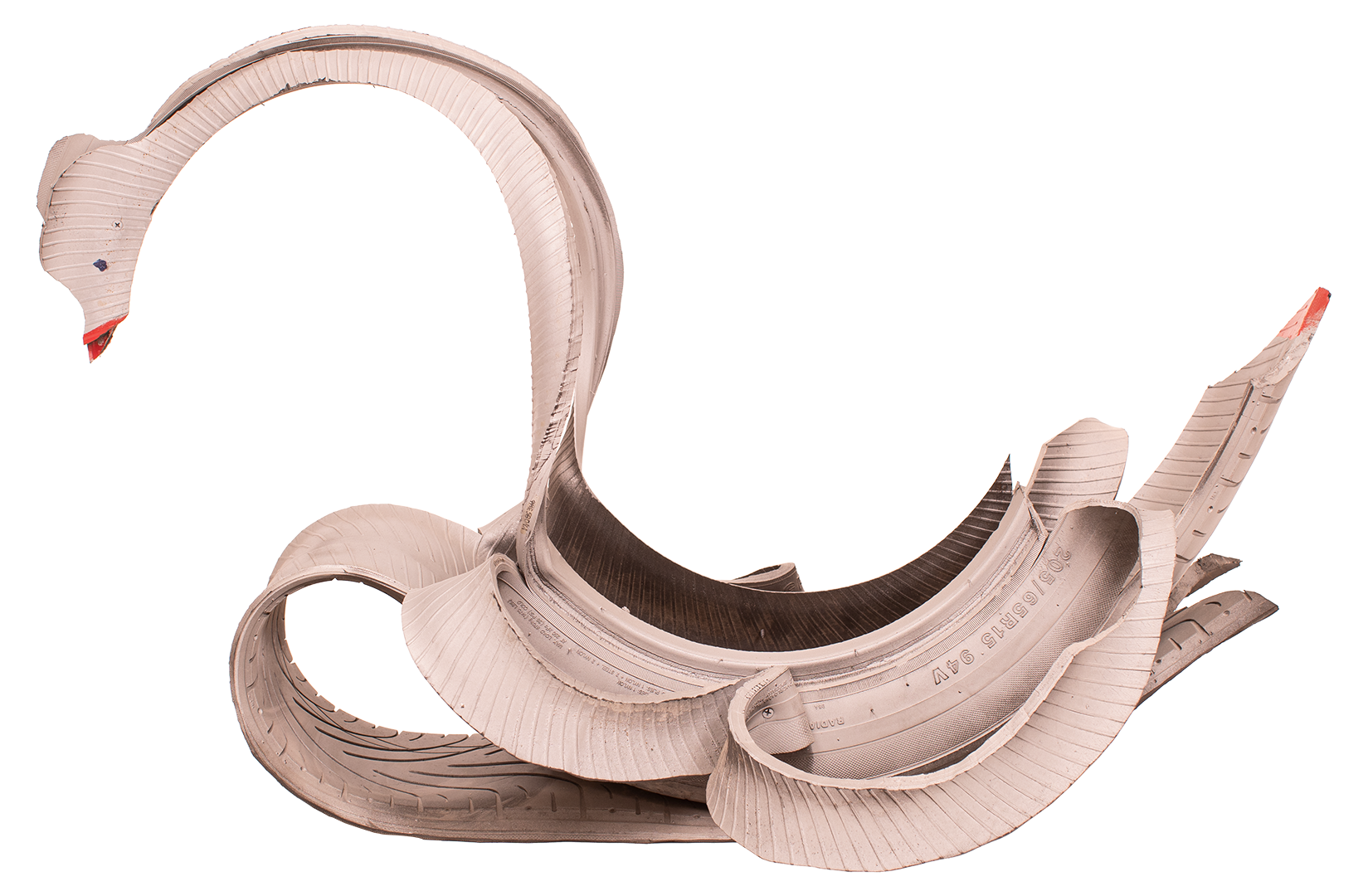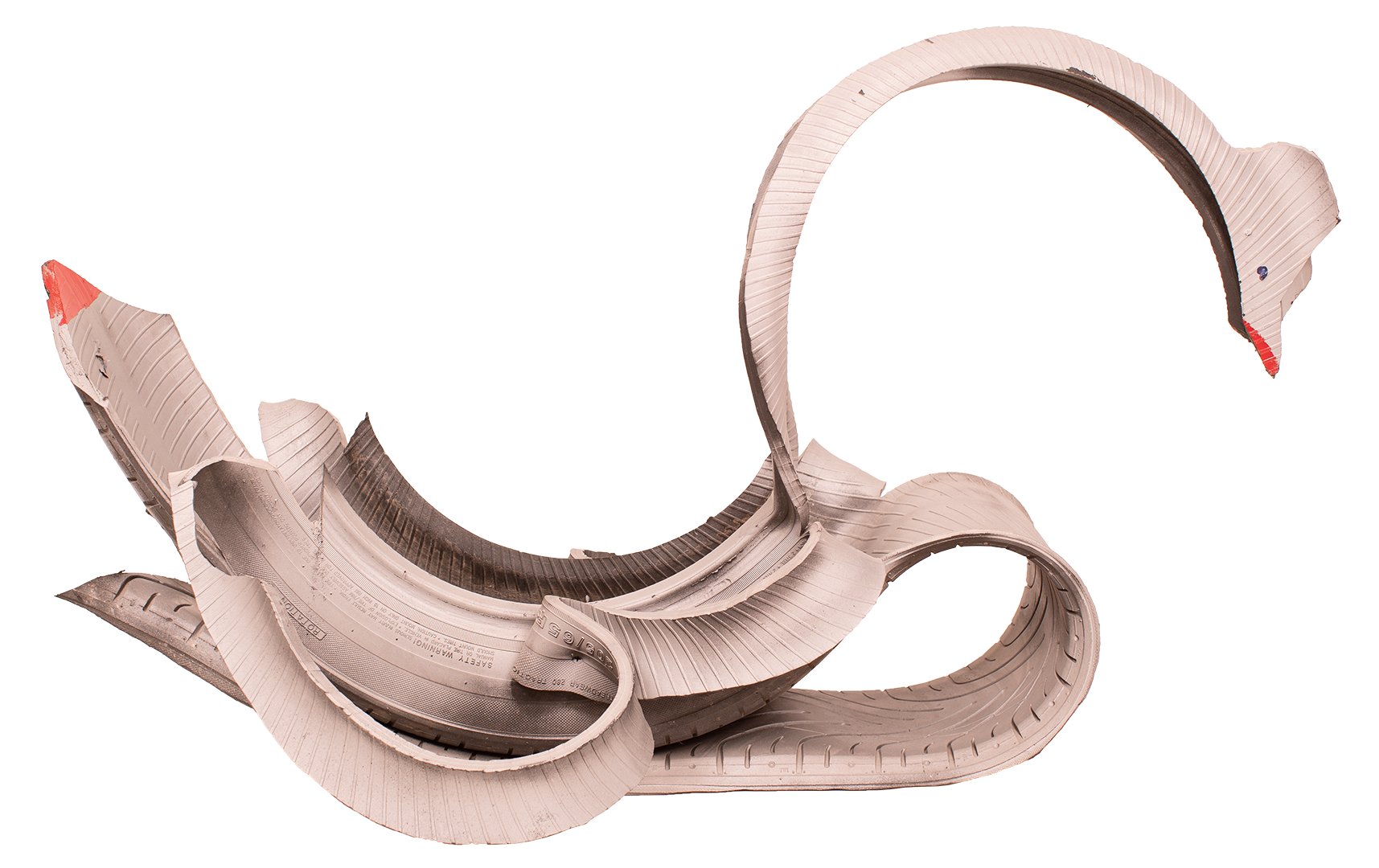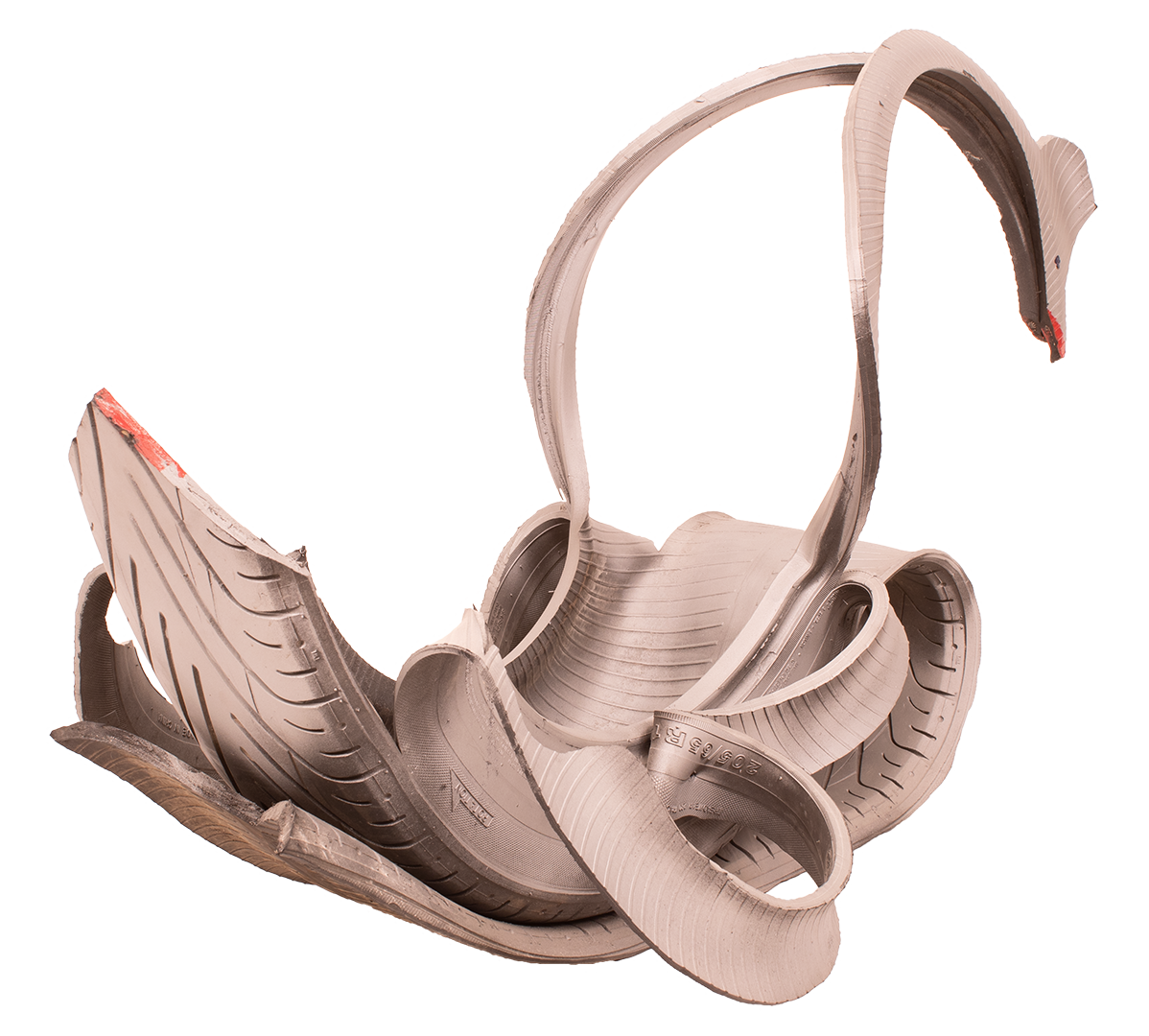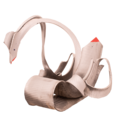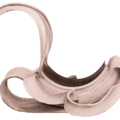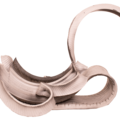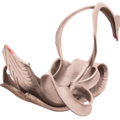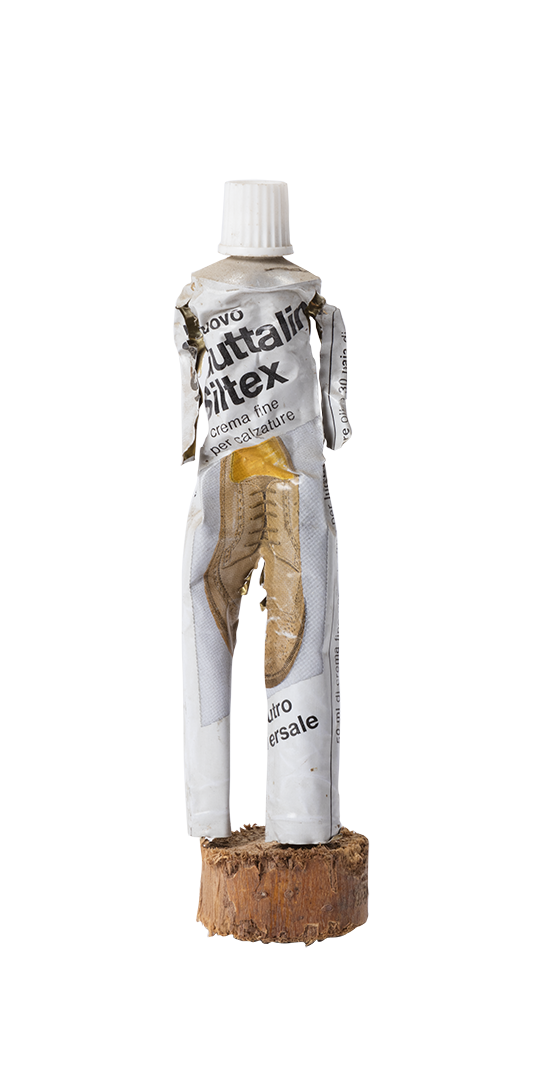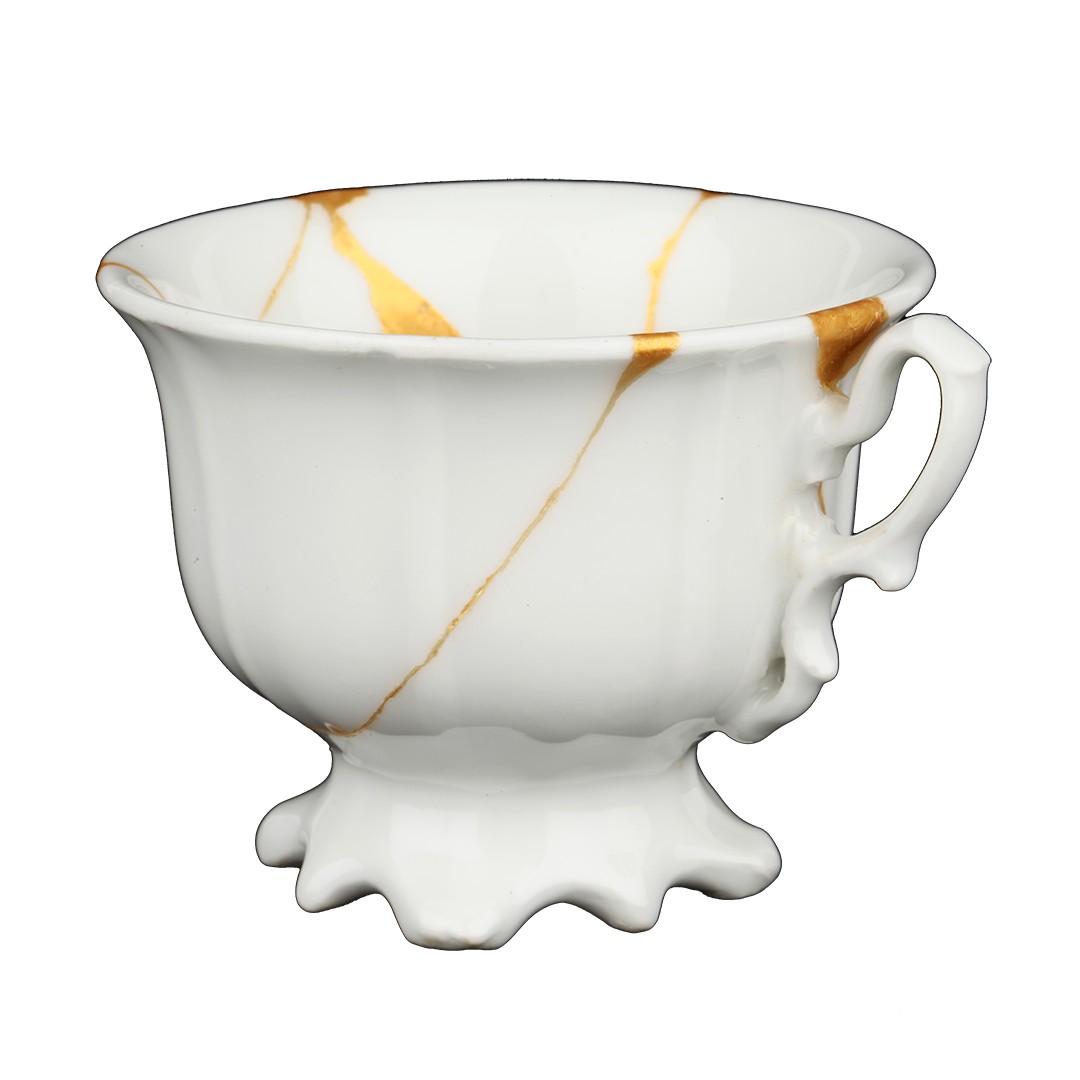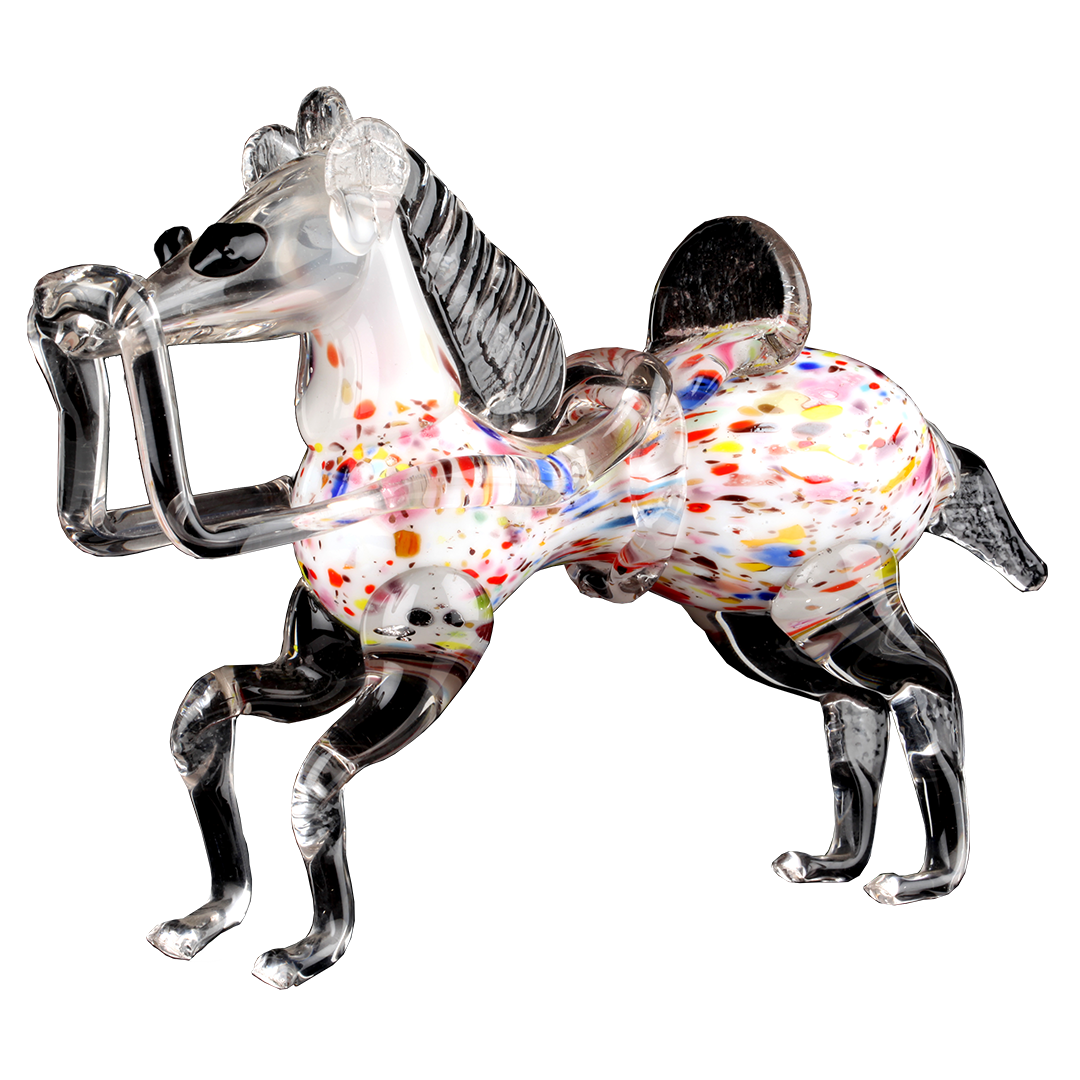Artist/Maker Włodzimierz Podlanowski
Date Production/Creation
No data/21st century, 2013
Entry in the museum collection
2013
Place of origin
Żelazna, Łódzkie Province, Poland, Europe
Current location
National Ethnographic Museum in Warsaw, Warsaw, Poland
Material
Painting, cutting, gluing, car tyre
Dimension
Height 65cm; Length 80cm; Depth approximately 30 cm
Inventory Number PME 58041
Keyword Art Environment Upcycling
Copyright PME/NEM
Status On display
Image Credit Photograph by Edward Koprowski
Some trash may seem beyond redemption. What does it take to uncover its hidden beauty?
What is this object about, who are the people behind it?
At the interface between the space, the self and the tyre, an aesthetic experience is created. The expression of one’s opinion is a matter of perception, indeed of taste. The former is the subject of theory, the latter is something we engage in every day – we either like or dislike something. A flowerbed made from a tyre in a garden can be seen as an independent attempt to solve the problem of troublesome technological waste, while in a museum it provokes a debate on the creation of the collection or on unwanted cultural heritage. Despite recycling being possible, it is easier to throw a tyre into a roadside ditch to grow there with the other fruits of civilisation: fridges, PET bottles and plastic bags. This is indicative of our entrenched objectifying and service-oriented approach to nature, and of our intellectual laziness that exempts us from being in a relationship with space. The slipper flowerbed also gives us an opportunity to reflect on what is worth collecting and how we talk about it?
What places is this object related to, how European/transnational is it?
Tyres buried in the ground as a fence or in the form of a flowerbed, a dog bed, a swing or a sandal can be seen in the four corners of the world. The ways of reusing are innumerable and the creativity of users is unlimited. Our rubber object directly relates to the creation and taming of space and, as such, raises questions about: the limits of the private and the common, the degraded and the ordinary, the object and the non-object, that which can be overlooked and that which is conspicuous, and the Enlightenment division between human and nature.
Why and how did this object arrive in the museum’s collection?
Ethnographic museums in Poland are in search of identity. They have lost it with the erosion of the rural and folk context. A flowerbed made from tyres obtained at a church fair in a small village can be interpreted in several ways: as an expression of environmental awareness and thinking, which was not characteristic of the folk way of thinking; but also as a contribution to the discussion on what heritage is;
What is the relation of this object to waste?
The basic dimension linking the object to the broader concept of waste in this case is reusing and upcycling – reusing and giving a new function to already existing objects. As a spatially taming and aesthetic element, it takes us into the realm of experiencing the world and discussing the values that organise our experiences. Can rubbish have a non-economic value?

